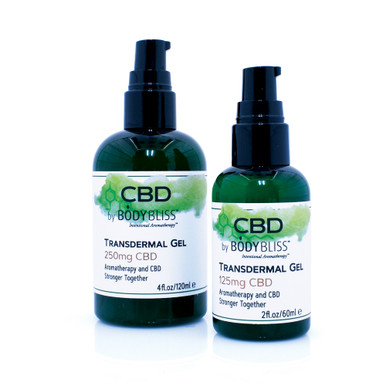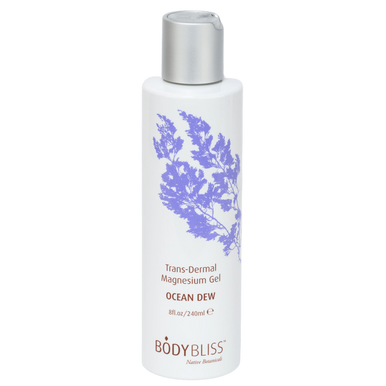Ingredient Spotlight: Magnesium
What more luxurious way to unwind and relax after a tough, stressful day than to soak in a warm tub with bath salts? Most of us are familiar with Epsom Salts for relaxation and muscle aches. What we may not know is that the “magic bullet” in Epsom Salts is magnesium.
Magnesium baths have long been lauded for stress relief, muscle soreness after working out, joint pain, and much more, as this long list indicates:

minor pains, sprains, and bruises
helps regulate blood pressure
stress management
headaches
nervous tension
restful sleep
tired feet
leg cramps
joint stiffness or soreness
muscle aches
promotes healthy bones
improves circulation
heart health
Magnesium’s praises have been sung for centuries by many cultures. The earliest known reference to magnesium was in Ancient Greece, where magnesite (a form of magnesium-containing mineral) was found. In fact, "magnesium" got its name from Magnesia, that district in Ancient Greece. For Ancient Greeks and Romans, magnesite (aka magnesium) was used for its medicinal benefits and believed it to possess healing properties.
It wasn't until 1808 that magnesium was officially discovered by Sir Humphry Davy, a British chemist and inventor. He was the first to isolate it and recognize magnesium as an element rather than a compound.
Our bodies need magnesium. It is necessary to regulate many important body processes and is crucial in supporting and regulating muscle and nerve function, blood sugar levels, blood pressure and making protein, bone, and energy production. Though our bodies naturally contain a small amount in bones and soft tissue, magnesium is not produced by the body and must be obtained from outside sources. While magnesium is available in many foods, studies show that nearly half the U.S. population does not get enough in our diet. *1

Consuming a sufficient supply for our bodies may not be an easy task. Foods like nuts, seeds and green leafy vegetables are good sources. However, eating enough of them on a daily basis may prove challenging. Even when we consume quantities of magnesium-containing foods, only 30-40% may be absorbed by our bodies. *2
The good news is that magnesium can be readily absorbed dermally (through our skin)
via bath salt soaks, lotions, oils, creams, etc. This method may be preferable
to those who might have stomach upset or other side effects from oral magnesium
supplements.
Some people may notice a bit of tingling or light stinging on their skin after magnesium application. If you notice this, know that it will soon dissipate, and it may be the result of:
- low levels of cellular magnesium (i.e., your body really needs it!)
- the movement of large magnesium molecules as they're rapidly absorbed across the epidermis
- application of too much magnesium oil per area (a little goes a long way)
- applying the magnesium oil on very dry or broken skin
Try our Magnesium Rich Products!
PRECAUTIONS: Use with caution for patients who have chronic kidney disease. If you have medical conditions or are taking medication, check with your physician before use.
SOURCES:
1. U.S. Department of Agriculture, Agricultural Research Service. Usual Nutrient Intake from Food and Beverages, by Gender and Age, What We Eat in America, NHANES 2013-2016; 2019.
2. Fine KD, Santa Ana CA, Porter JL, Fordtran JS. Intestinal absorption of magnesium from food and supplements. J Clin Invest 1991;88:396-402. [PubMed abstract







